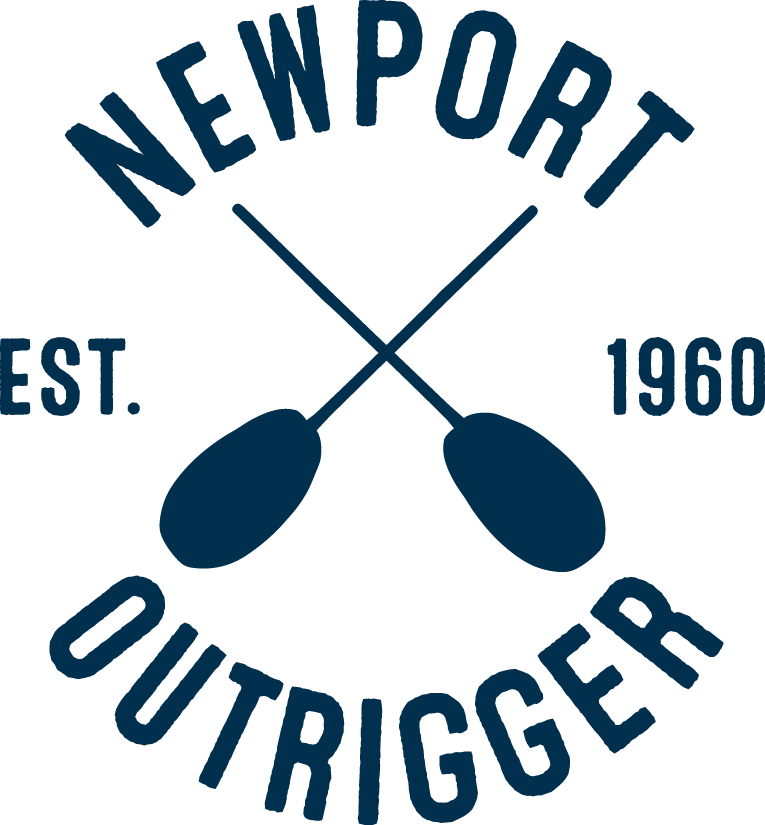MORE NEWPORT OUTRIGGER
HISTORY
History of the Catlina Crossing
Outrigger Paddling in California
The Malia Outrigger Canoe
California outrigger canoeing dates back to 1959. The first race held in California was on September 20, 1959. This was a long distance race from Avalon, on Catalina Island, to the Newport Dunes inside the California Coast.
This race involved two canoes shipped to California from Hawaii through the efforts of Albert Edward "Toots" Minvielle. Both of them were made of koa wood with the names of "Malia" and "Niuhe" (“Malia” means “calm water” and "Niuhe" means "shark").
Noah Kalama, organized the California team to compete against the team from Hawaii. Noah assembled a group of local surfers and others (about 15 in all) and they trained for the competition. After two long months of practice inside the Newport Dunes and the Newport Bay (daily practices running frequently until 9 o’clock every night), Noah finally let the group train outside in the open ocean waters.
The famous Duke Kahanomoku served as the Grand Marshall of the first California Outrigger event and founded the Catalina to Newport Dunes race- the original California Outrigger Classic.
The canoes were towed to Avalon for the two-canoe race. The Hawaiian team in the “Malia” won the race in a time of 5 hours. The newly formed California team, in the “Niuhe”, finished just 11 minutes behind them.
The first Catalina to Newport Dunes Race was a culmination of efforts on the part of several outstanding persons including: Albert "Toots" Minvielle, Noah Kalama, Tommy Zahn, Ira Dowd (part owner of the Newport Dunes), Sam Miller (then Commodore of the Balboa Bay Club), and Al Oberg (Harbor Master of Newport Beach). All the "right" people were there and California's Outrigger Racing History had begun.
Noah Kalama and Tom Johnson realizing the development of California outrigger racing would hinge upon a local boat supply were quick to act. They made a mold of the Malia's hull - and California outrigger boat building was born. While the introduction of fiberglass canoes was not readily excepted, it has now become the standard in association racing.
In 1960 Noah and Tom produced three boats. The "Mamo Kai" of Marina Del Rey and the "Virginia" of Balboa were among the first. By 1965, there were 15 fiberglass boats and 7 clubs in California.
In the second Catalina to Newport Race, held in 1960, there were 5 boats: two of Toots Minveille's boats with crews from Hawaii, two newly constructed California based fiberglass boats, and Lorrin Harrison's 1950-vintage dug-out outrigger (actually the first California-built boat). Lorrins sycamore dug-out took third place in that race.
The sport of outrigger paddling caught on and grew. By the third year there were 8 teams in California.
1959 was the year paddling arrived - the same year that Hawaii joined the United States of America. What may have been initially seen as merely a gesture - sharing a facet of Hawaiian culture with the mainland through the Aloha Celebration and the aloha spirit - has given mainlanders, especially Californians, a tease, a feel and a love for Hawaiian traditions.
Extracted from an original text by Michael (Jake) Jacobs

